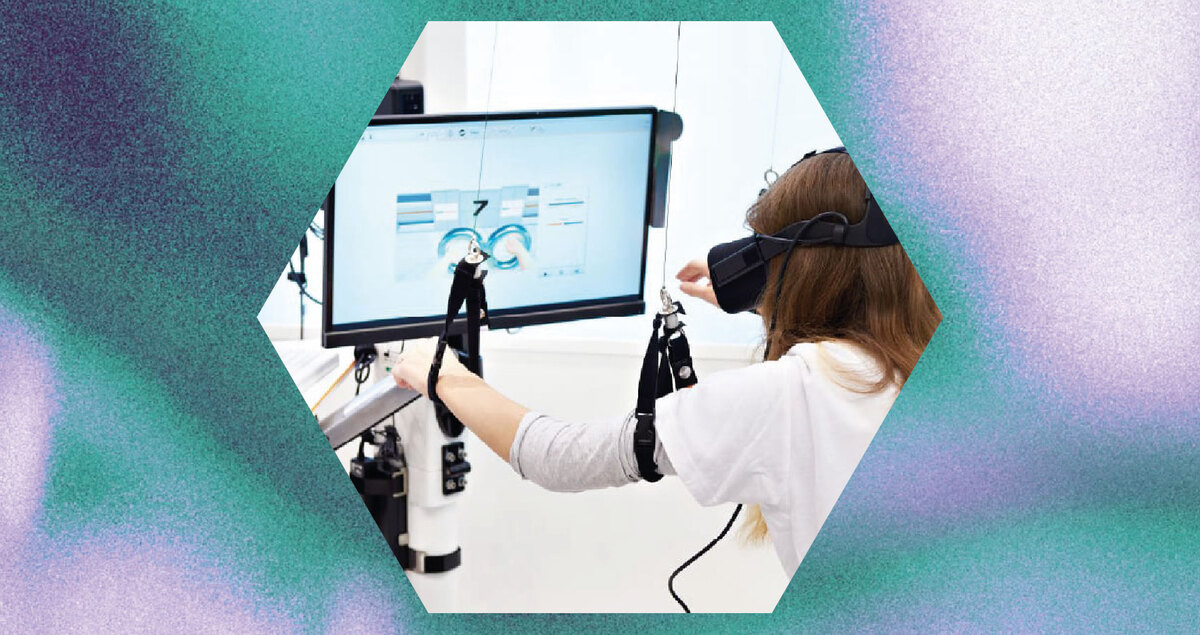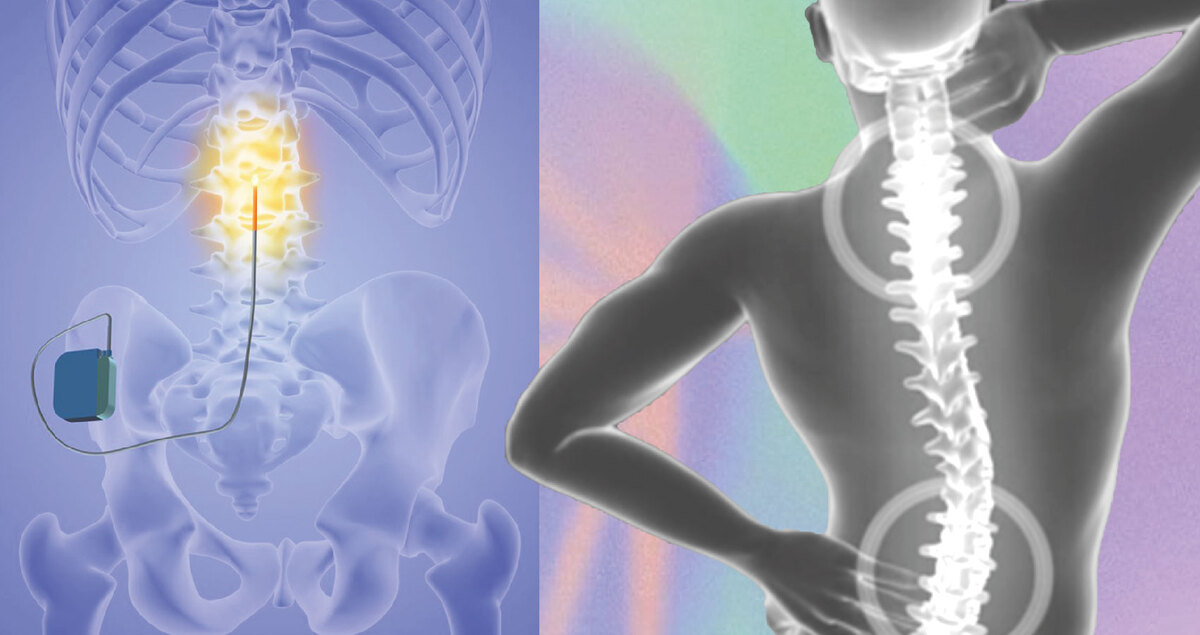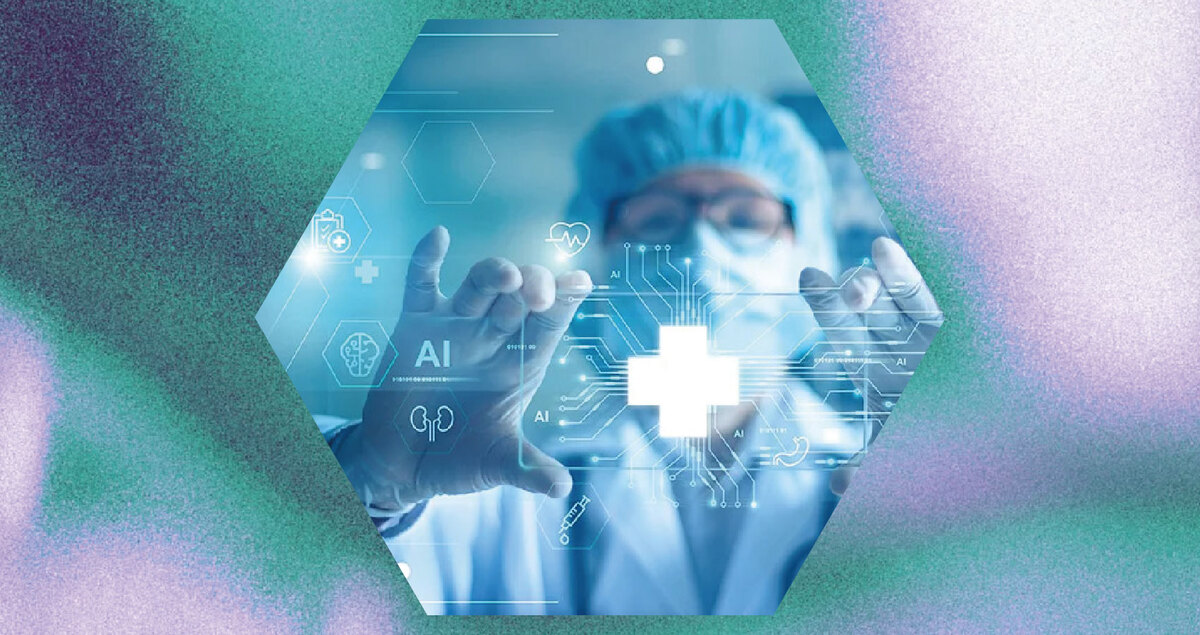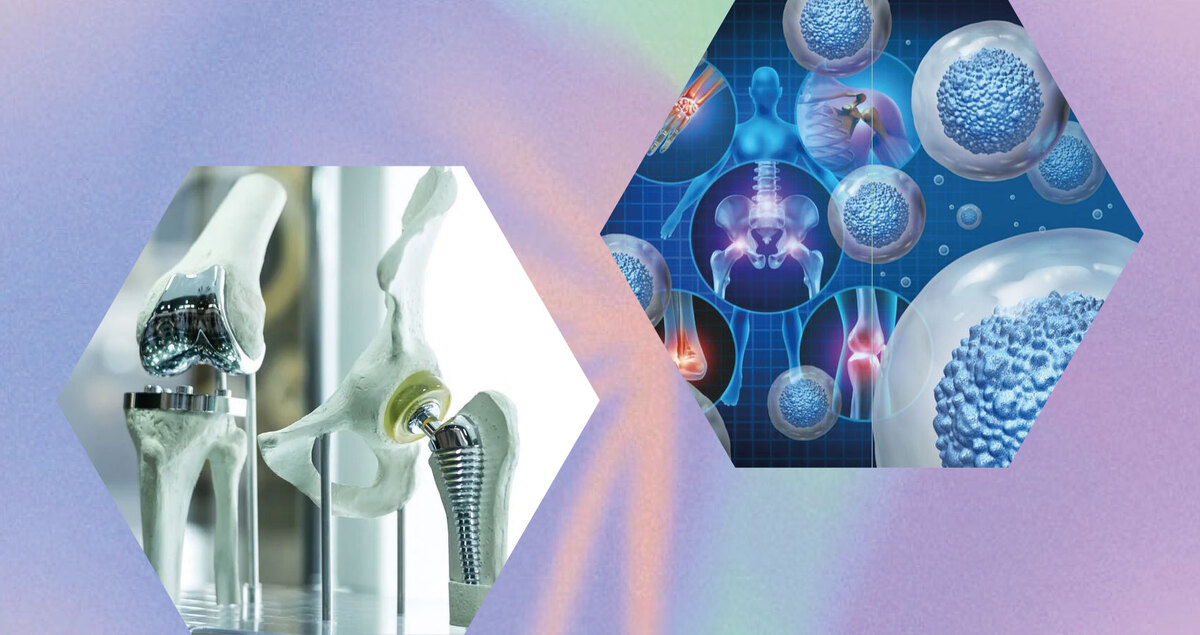
Innovative Technologies for Chronic Back Pain Management
Innovative technologies reshaping chronic back pain treatment for lasting relief.
Chronic back pain is one of the most persistent and widespread health challenges today. Affecting millions globally, it disrupts daily activities, curtails productivity, and deeply impacts quality of life. While traditional remedies like physical therapy, pain medications, and surgical interventions continue to play a central role, advancements in medical technology are introducing groundbreaking new ways to manage chronic back pain more effectively and with far fewer risks.
This intersection of healthcare and innovation is offering hope to those who have struggled with limited relief from conventional treatments. Here's a closer look at some of the most promising technological advancements leading the way in chronic back pain management.
1. Wearable Devices for Pain Monitoring and Relief

Advances in wearable technology are revolutionizing how we monitor and manage chronic back pain. Smart wearables equipped with sensors and AI can track posture, muscle activity, and stress levels in real-time. Devices such as smart belts or wearable EMS (electrical muscle stimulation) systems don’t only assist with identifying the root causes of back pain, but also actively help reduce pain through targeted stimulation.
These wearables empower patients by giving them actionable insights about their daily habits and enabling non-invasive pain relief on the go.
2. Telerehabilitation and Virtual Reality Therapies

Telehealth has grown exponentially in recent years with the advent of accessible digital platforms. For chronic back pain, telerehabilitation has gained traction by enabling patients to engage in guided physical therapy exercises from the comfort of their homes.
Additionally, virtual reality (VR) is now being used for pain distraction therapy and to train cognitive responses to pain through immersive simulations. This futuristic approach offers something unique—training the brain to process pain differently, reducing dependency on medications over time.
3. Targeted Spine Stimulation

Spinal cord stimulation (SCS) has been a growing field in chronic pain treatment. Recent advances have made these devices far more effective. Implantable neurostimulators send low doses of electrical signals to the nerves in the spine, interrupting pain signals before they reach the brain. The latest SCS devices are adjustable and customizable, providing patients with more precise pain management.
Patients with specific types of lower back pain, including lumbar spine pain, report significant improvement, especially when other treatments have proven ineffective.
4. AI-Driven Diagnostics and Prediction Models

Artificial intelligence (AI) is enhancing diagnostics and treatment planning for chronic back pain like never before. Algorithms can analyze millions of data points, evaluating patient records, imaging tests, and even genetic markers to create personalized pain management plans. AI is also being used to predict which patients are likely to respond best to a given therapy, minimizing the trial-and-error phase and speeding up effective relief.
5. Biodegradable Implants and Regenerative Medicine

For those requiring medical intervention, cutting-edge innovations in regenerative medicine, like biologically engineered implants, offer exciting possibilities. Stem cell therapies are being explored to repair damaged tissue in the spine, while biodegradable spinal implants provide targeted support during the healing process without the need for removal surgeries.
These advancements are transforming the medical field as they come closer to addressing the root causes of back pain rather than simply masking the symptoms.
6. Robotic-Assisted Physical Therapy

Robotic technologies are steadily making their way into physical therapy clinics for patients with debilitating back conditions. Using robotic sensors, therapists are able to guide and assist patients in performing controlled movements safely. Robots can calibrate levels of assistance or resistance in real-time, helping patients regain mobility and strength through precision-driven therapies.
The Future of Pain Management is Here
Chronic back pain no longer needs to mean a lifetime of limitations. From wearable devices offering immediate relief to advanced AI models streamlining treatment plans, modern technology empowers both patients and healthcare providers with solutions that were unimaginable just a decade ago.
For anyone seeking innovative and non-invasive solutions to alleviate their condition, exploring options like wearable monitoring devices, regenerative therapies, or advanced spine stimulators could provide a new lease on life. If you'd like to learn more about lumbar spine pain treatment or emerging therapies tailored to your condition, consult with specialists in advanced pain management who stay at the forefront of these innovations.
The road to relief doesn’t have to be as complex as it once was—technology is paving the way for brighter, pain-free futures.











